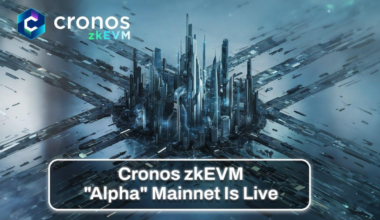The Bank of Spain (BDE) has declared its intention to initiate an experimental program to investigate the potential of Central Bank Digital Currencies (CBDCs) and is inviting local financial and technological institutions to cooperate in the project. The study aims to evaluate the Bank’s ability to satisfy the requirements of a digitalized society.
According to a translated December 5 statement, the bank will focus on three main areas with the program, which seeks to simulate the movement of funds, experiment with the liquidation of financial assets, and analyze the benefits and drawbacks of introducing a wholesale CBDC to its current processes and infrastructure.
A wholesale CBDC is a digital currency used exclusively by banks to store reserves with a central bank, in contrast to a retail or general-purpose CBDC that is accessible to the public.
This program is not connected to the European Union’s efforts to explore the potential of a digital euro.
Anyone who wishes to be involved in the project must meet the prerequisites established by the bank and disclose their “financial resources” in an application which will be due on January 31st, 2023.
The BDE has clarified that researching CBDCs can help them ascertain how they can serve the needs of a more digital world.
At a central bank conference on December 8, Brad Jones, Assistant Governor of the Reserve Bank of Australia (RBA), discussed the potential of a retail CBDC to completely displace the Australian dollar.
He noted that many jurisdictions are currently “analyzing and experimenting” with CBDCs, primarily for retail applications, while more companies are exploring those of a wholesale or interbank nature.



